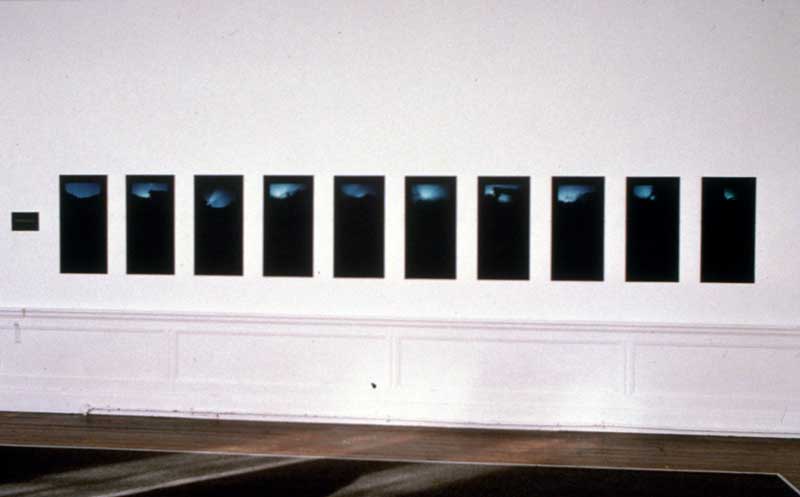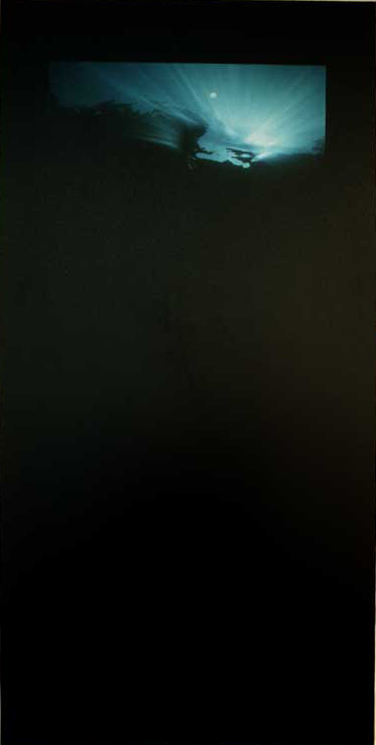Searching for Mermaids

Through his activities in marine conservation, he had the opportunity on a number of occasions to dive and photograph in the shark tank of a local Marine Life Centre. During one of these dives it was noticed that his breathing rate underwater was slower than that of observers outside the tank. This puzzled him and led to a line of enquiry that encompassed both science and the arts. His research tracked down a theory by marine biologist Sir Alister Hardy, that modern man evolved from a semi-aquatic ape. The theory is that during 5 million years of our ancestry still unaccounted for in the fossil record, a group of apes became stranded by rising sea levels when parts of the Danikil Mountains of Eritrea became islands. As a result the apes evolved an aquatic lifestyle feeding on shellfish and other marine products. This resulted in a range of evolutionary developments similar to other marine mammals which differentiated modern man from his ape ancestors.
It occurred to Gordon that if this was true it might account for our mythology of Mermaids and Mermen. Story-telling maintains a record of sorts over time until transcribed into images, pictograms and writing. Using the Greek Goddess Aphrodite as a starting point he tried to trace back the evolution of this particular mythology. Venus was ‘conceived and born of the sea’, but the Greeks had adopted this Sea Goddess from contact with the earlier culture of the Syrians who called herAtagatis. The Syrians in turn had embraced the ‘mythology’ of the Sea God and Goddess from earlier cultures and if we trace these back in time the earliest records are of the Babylonian’s Sea-God Oannes, who “taught to man the Arts and Sciences”. Gordon’s startling finding was that in the religious mythology, Oannes is said “to have arisen from the Eritrean Sea”, exactly the same part of the world that the scientific theory proposes we evolved from marine apes.
Though this might be pure coincidence, and while we have objective evidence pointing towards our evolution from aquatic apes, Gordon decided to seek more subjective evidence in the sensations experienced in and underwater. Instead of photographing objects, he began to look at and photograph voids, the behaviour of light, and the surface interplay between air and water. The first outcome of this was the group of works which gained the title Searching for Mermaids. As well as making reference to the darkness found underwater, these works hint at looking through an interface towards something just out of sight. They are based on photographs taken underwater, and play with shafts of light and the hint of astronomical bodies. At the same time we are not quite in the realm of life sustaining air, and there is an element of our own vulnerability and the minute proportion of evolutionary time we are alive. He continues to explore this theme, including the series of larger scale photo-works titled Surface Membrane.



